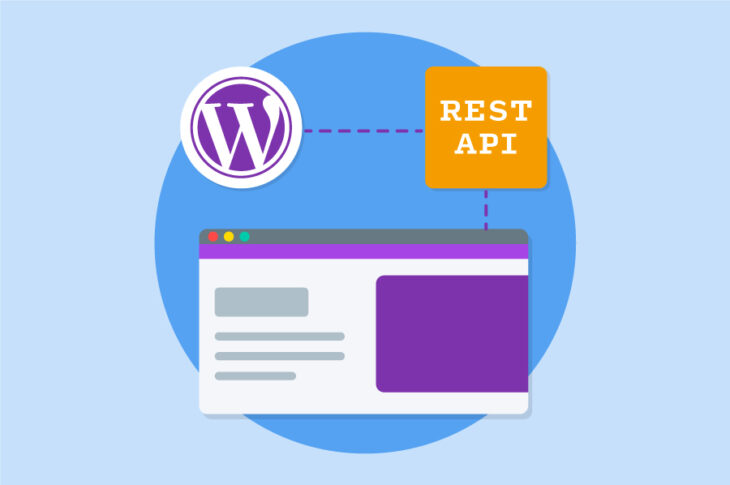In the world of web development, REST API (Representational State Transfer Application Programming Interface) plays a crucial role in enabling communication between different software applications. This technology has become increasingly important in WordPress development due to its ability to facilitate seamless integration and data exchange between WordPress sites and other platforms. In this blog post, we’ll explore the fundamentals of REST API in WordPress from a developer’s perspective.
Understanding REST API
REST API is a set of rules that govern how software applications should communicate with each other over the web. It utilizes standard HTTP methods such as GET, POST, PUT, DELETE, etc., to perform various operations on resources. In the context of WordPress, REST API allows developers to interact with WordPress sites programmatically, accessing and manipulating data without directly interacting with the site’s core codebase.
REST API in WordPress
WordPress introduced REST API integration in version 4.7, opening up a new world of possibilities for developers. With REST API endpoints, developers can access various resources such as posts, pages, users, and more, using simple HTTP requests. This integration marked a significant milestone in WordPress development, enabling developers to build powerful and interactive applications on top of the WordPress platform.
Why Developers Should Use REST API in WordPress
Improved Performance and Scalability
By utilizing REST API, developers can offload resource-intensive tasks to external servers, improving the overall performance and scalability of WordPress sites.
Enhanced Security
REST API endpoints can be secured using authentication mechanisms such as OAuth, JWT, or API keys, ensuring that only authorized users can access sensitive data and perform actions on the site.
Seamless Integration with Other Platforms and Technologies
REST API enables seamless integration between WordPress and other platforms and technologies, allowing developers to create innovative solutions that leverage the strengths of different systems.
Practical Examples of REST API Usage in WordPress
Retrieving Posts or Pages Using REST API
Developers can retrieve posts or pages from a WordPress site using simple GET requests to the /wp-json/wp/v2/posts or /wp-json/wp/v2/pages endpoints, respectively.
Creating Custom Endpoints for Specific Functionalities
WordPress allows developers to create custom REST API endpoints to expose additional functionalities or retrieve custom data tailored to specific requirements.
Integrating WordPress with External Applications Using REST API
REST API enables integration between WordPress and external applications such as mobile apps, e-commerce platforms, CRMs, and more, facilitating data exchange and synchronization between different systems.
Best Practices for Using REST API in WordPress Development
Securing REST API Endpoints
Developers should implement proper authentication and authorization mechanisms to secure REST API endpoints and prevent unauthorized access to sensitive data.
Implementing Proper Authentication Mechanisms
Utilize authentication methods such as OAuth, JWT, or API keys to authenticate users and verify their identities before allowing access to protected resources.
Optimizing REST API Requests for Better Performance
Optimize REST API requests by minimizing the number of requests, caching responses, and using pagination to retrieve large datasets efficiently.
Challenges and Limitations
While REST API brings numerous benefits to WordPress development, it also poses certain challenges and limitations. Developers may face issues related to performance, security, compatibility, and versioning when integrating REST API into WordPress projects.
Future of REST API in WordPress
The future of REST API in WordPress looks promising, with ongoing efforts to enhance its capabilities and improve developer experience. WordPress core developers are actively working on refining REST API endpoints, introducing new features, and addressing community feedback to make REST API integration more seamless and robust.
Takeaway
REST API is a powerful tool for developers looking to extend the functionality of WordPress development sites and build innovative applications. By understanding the fundamentals of REST API integration in WordPress and following best practices, developers can harness the full potential of this technology to create dynamic, scalable, and secure solutions.
When it comes to WordPress development, look no further than Web Boost Online. Their expertise and commitment to excellence make them the go-to choice for unleashing the full potential of your website.











